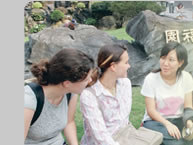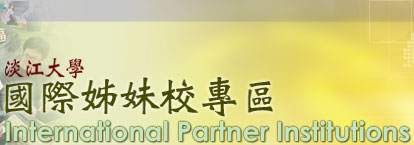
Japan Women's University
 Japan / Asia |
| Address |
"2-8-1, Mejirodai, Bunkyo-ku, Tokyo 112-8681, JAPAN 〒112-8681 日本国東京都文京区目白台2-8-1" |
| Phone no. |
+81-3-5981-3352 |
Fax. |
|
Email |
|
| President |
篠原聡子 / SHINOHARA Satoko
|
| No. of full-time faculty |
--- |
Student
/Enrollment |
| --- |
/Undergraduated |
6200 |
/Graduated |
260 |
/Foreign |
--- |
|
| Dual degree Agreement |
N |
| Brief Description | Japan Women's University began in 1901 as the first women's higher educational institution in Japan. At the time, it was thought generally in Japan that women did not need higher education or that such education would do more harm than good.
Against this background, the University's founder Jinzo Naruse insisted in his work Joshi Kyoiku ("Women's education", 1896) on the need for major reforms to women's education in Japan. The first of these was a call to "educate women as human beings (hito)." In that age, when the term hito ("human being") was considered to refer to men only, Naruse held the ideal of educating people to instill abundant individuality, based on equality between the sexes. The second reform was a call to "educate women as women." This encouraged women to take up the calling of working to maintain harmony in society and contributing to world peace. The final reform was a call to "educate women as citizens." Here, the term "citizen" was seen to embody the broader concept of belief in the world and humanity rather than the narrower concept of belief in a nation. Just prior to his death, Naruse wrote of the three principles of education underlying the University's educational philosophy:"Conviction,* "Creativity," and "Cooperation*. After more than 100 years of history, these ideas still survive today as the objectives of a Japan Women's University education. |
|
|

|
|



 Japan / Asia
Japan / Asia